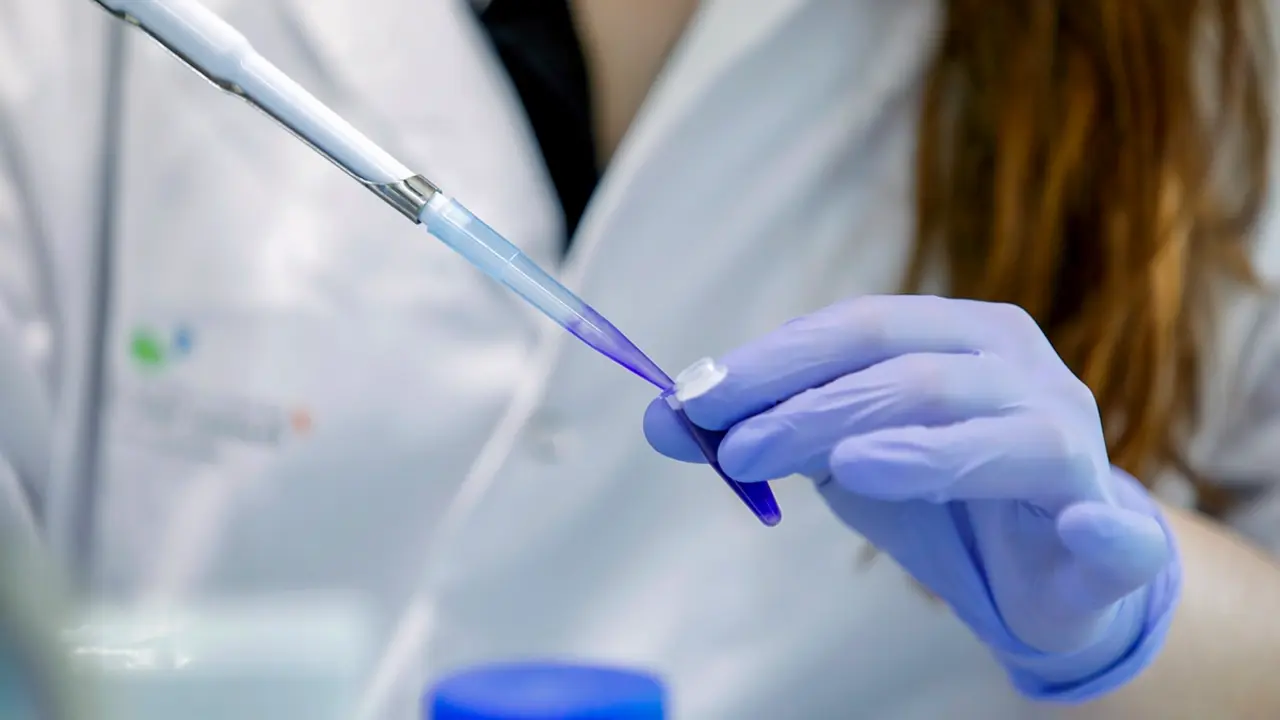Coronavirus disrupts drug trafficking routes and creates a global drug shortage

The measures implemented by governments to curb the COVID-19 pandemic have resulted in the disruption of air drug trafficking routes, as well as a drastic reduction in land transport, says a new report from the United Nations Office on Drugs and Crime.
In general, some drug supply chains have been disrupted and traffickers are looking for alternative routes, including sea routes, depending on the commodity.
Synthetic drugs, such as methamphetamine, tend to be trafficked across continents by air more than other types of drugs. Therefore, restrictions on air travel are likely to have a particularly drastic effect on this illegal cargo. Most cocaine is trafficked by sea, so large cargoes continue to be detected in European ports during the pandemic.
So far, heroin has been trafficked mainly by land. But because of the pandemic, sea routes appear to be increasingly used for trafficking, as evidenced by seizures of opiates in the Indian Ocean.
However, cannabis trafficking may not be affected in the same way as heroin or cocaine trafficking, as its production often takes place close to consumer markets and traffickers are therefore less dependent on long, transcontinental shipments of large quantities of the drug.

Several countries have reported drug shortages at the retail level. This may lead to a general decrease in consumption, but mainly of drugs consumed in recreational settings.
In the case of heroin, however, a shortage in supply may lead to the use of domestically produced harmful substances. Europe, South-East Asia and North America have reported shortages and some countries in the former continent have warned that users have switched to fentanyl and its derivatives.
There have also been reports of increased use of pharmaceuticals such as benzodiazepines, which have already doubled in price in certain areas. Another harmful pattern resulting from drug shortages is the increase in the use of injection drugs and the sharing of injection equipment, which carries the risk of spreading diseases such as HIV/AIDS, hepatitis C and COVID-19 itself. The risk of overdose may also increase among injectors who are infected with COVID-19.

In Latin America, cocaine production also appears to be hampered in Colombia, as producers suffer from shortages of gasoline, a key chemical smuggled in from Venezuela. In addition, supply chains appear to be heavily affected by police controls, which could lead producers to store large quantities of the drug within the country. According to the country's authorities, police pressure has increased during the pandemic and the coca bush eradication campaign continues as planned.
In Bolivia, however, COVID-19 is limiting the ability of state authorities to control cultivation, which could lead to increased production.
In Peru, a drop in cocaine prices suggests a reduction in trafficking opportunities. This may discourage coca bush cultivation in the short term, although the looming economic crisis may lead more farmers to engage in coca cultivation in all major producing countries.
A shortage of cocaine on the streets is reported in the United States, and strong increases in cocaine prices have been reported in Brazil.
Latin America is expected to suffer the worst economic crisis in its history, with a contraction of 5.3%, comparable only to the Great Depression of 1930, when the reduction was 5%. The economy of Mexico, the third largest producer of opium poppy in the world, is expected to contract even more than the regional and global average at 6.5%, and the economy of the United States, its main trading partner, will also shrink. In Colombia, Peru and Bolivia, the Andean countries that produce almost all of the world's coca, the economy is expected to shrink by 2.6, 4.0 and 3.0 per cent, respectively.
In the long term, the economic recession caused by the COVID-19 pandemic has the potential to lead to a lasting and profound transformation of the drug markets, which can be fully understood only after further research is conducted.

Shortage of precursors
A decrease in international trade in the current pandemic could also lead to shortages in the supply of precursors, vital for heroin manufacture and synthetic drugs. Limited supplies in Mexico, for example, appear to have disrupted the manufacture of methamphetamine and fentanyl, while in Lebanon and Syria, captagon production is being affected. The Czech Republic, on the other hand, expects a shortage of methamphetamine for the same reasons.
Restrictions resulting from the blockade could also hamper opiate production, as the key harvest months in Afghanistan are March to June. Due to COVID-19, the workforce may not be able or willing to travel to areas where opium poppy is grown in the country.







